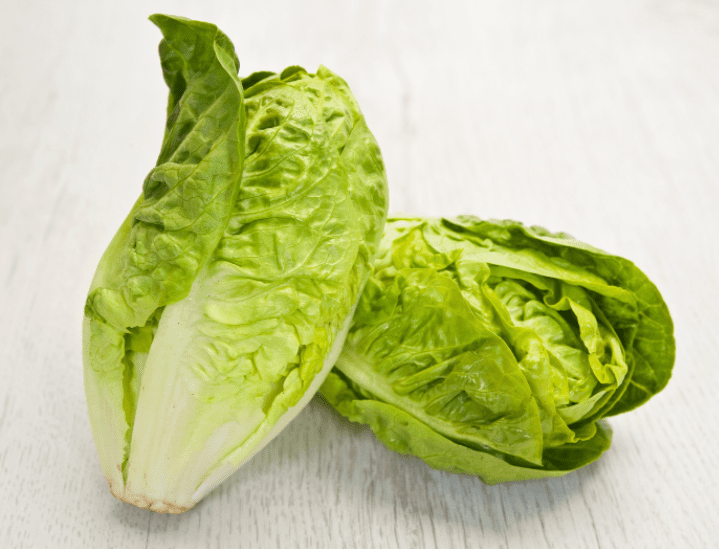Delicious Romaine Lettuce
Beautiful red and green elongated heads of romaine lettuce, second only to an iceberg in crispness, but with more personality and a slightly bitter taste.
Unlike iceberg lettuce, romaine lettuce grows in elongated heads with dark green, narrow, crisp leaves that feature a white rib down the center.
The outermost, darkest leaves can have an almost bitter taste, despite being the most nutritious due to their dark color. The interior leaves are lighter in color and more delicate in flavor.
How To Grow Romaine Lettuce
Even a beginner gardener can cultivate Romaine lettuce (Lactuca sativa L.) with relative ease. In fact, now is the ideal time to plant tender greens. There is evidence that it was grown in Egypt as early as 4500 B.C.
Now is the time to perfect the crop, as time has afforded us the opportunity. Seeds or transplants may be planted directly in the garden to grow romaine. The soil should be properly amended with light fertilizer and kept moist.
Due to the minute size of the seeds, they should be sown shallowly and lightly covered with soil.
A moisture-retaining device such as a burlap bag or other material placed directly on top of the newly planted seeds maintains their position while watering.
Admire these tiny green shoots until they reach a height of about three inches. Then, thin them out carefully to allow them to reach the desired size.
If you intend to allow them to grow into mature romaine, a spacing of 8 to 12 inches is ideal. With a 4-inch spacing, smaller plants can thrive.
Many gardeners adore romaine because you can harvest a few leaves for a salad and then let the plant continue to grow.
Obviously, the entire plant can be removed from the soil.
Care For Romain Lettuce
Keep away from unwanted guests. The sweet flavor of romaine lettuce is very appealing to rabbits and snails. If you want to keep rabbits from eating your crop before you do, try growing romaine in a hanging basket or high containers so that it is out of the bunnies’ reach.
Floating row covers are another option. In order to get rid of slugs, you can either set up slug traps or sprinkle diatomaceous earth around your romaine lettuce.
Due to the fact that lettuce leaves rapidly absorb pesticides, it is best to refrain from using them on lettuce. Plant a smaller number of seeds more frequently.
Try planting romaine lettuce every couple of weeks throughout the growing season to provide a steady supply of leafy lettuce all the way through the season. The harvest of romaine lettuce can be prolonged by picking individual leaves one at a time.
It is generally agreed that romaine lettuce can withstand higher temperatures and is less likely to bolt than other forms of lettuce.
It is a popular option for container gardening as well as vertical gardening because it grows well in containers.
Try growing romaine lettuce hydroponically inside during the winter months for a crop that lasts throughout the year.
This is also a great time of year for arugula and spinach if you enjoy leafy greens that can be picked as needed.



























